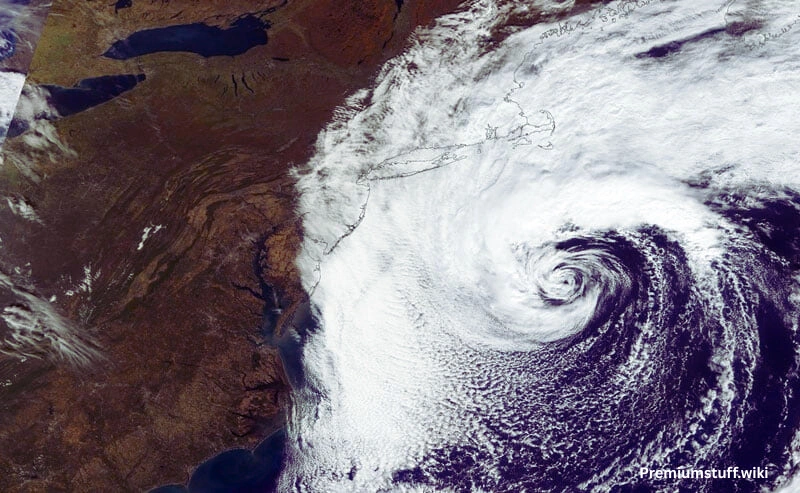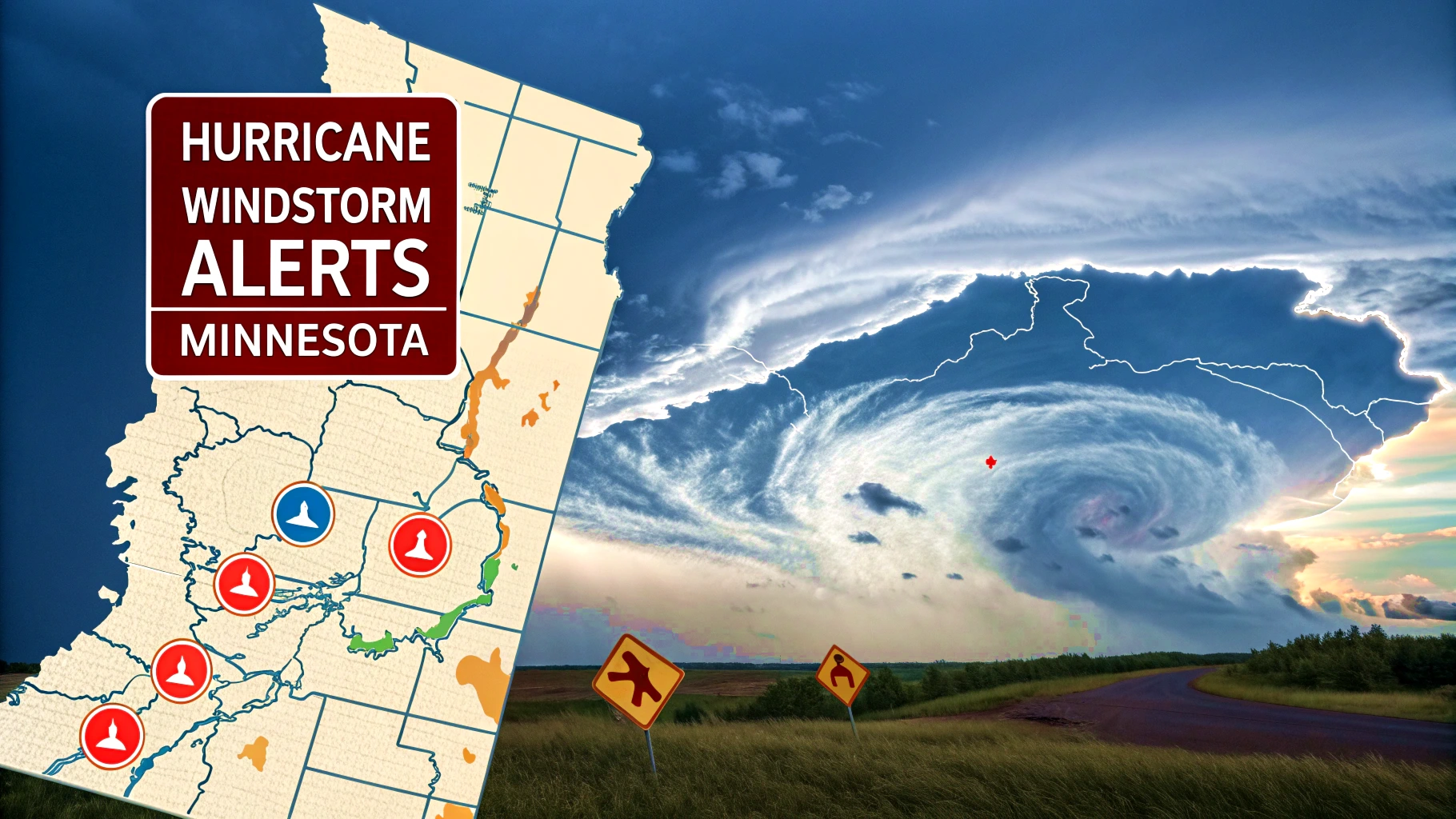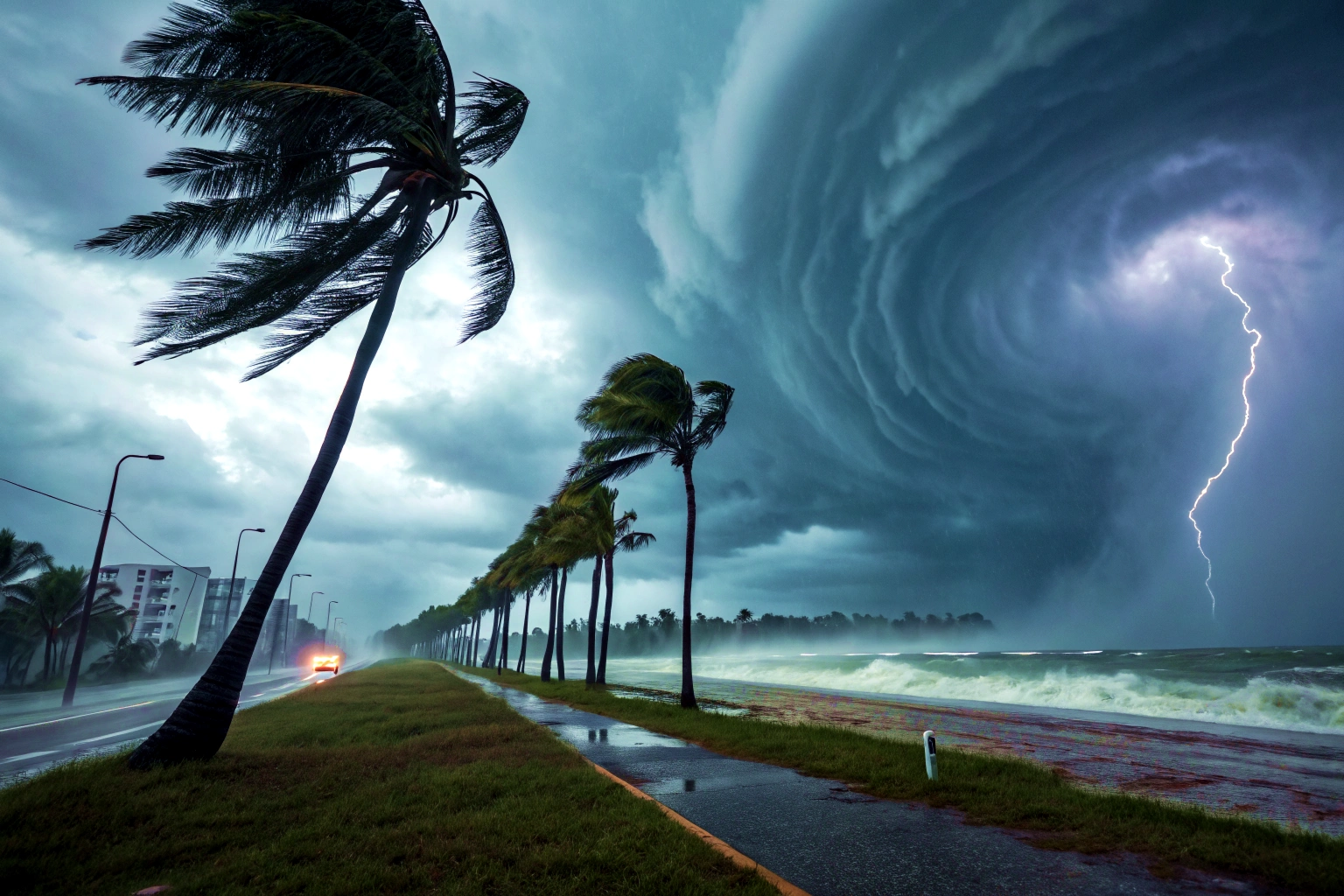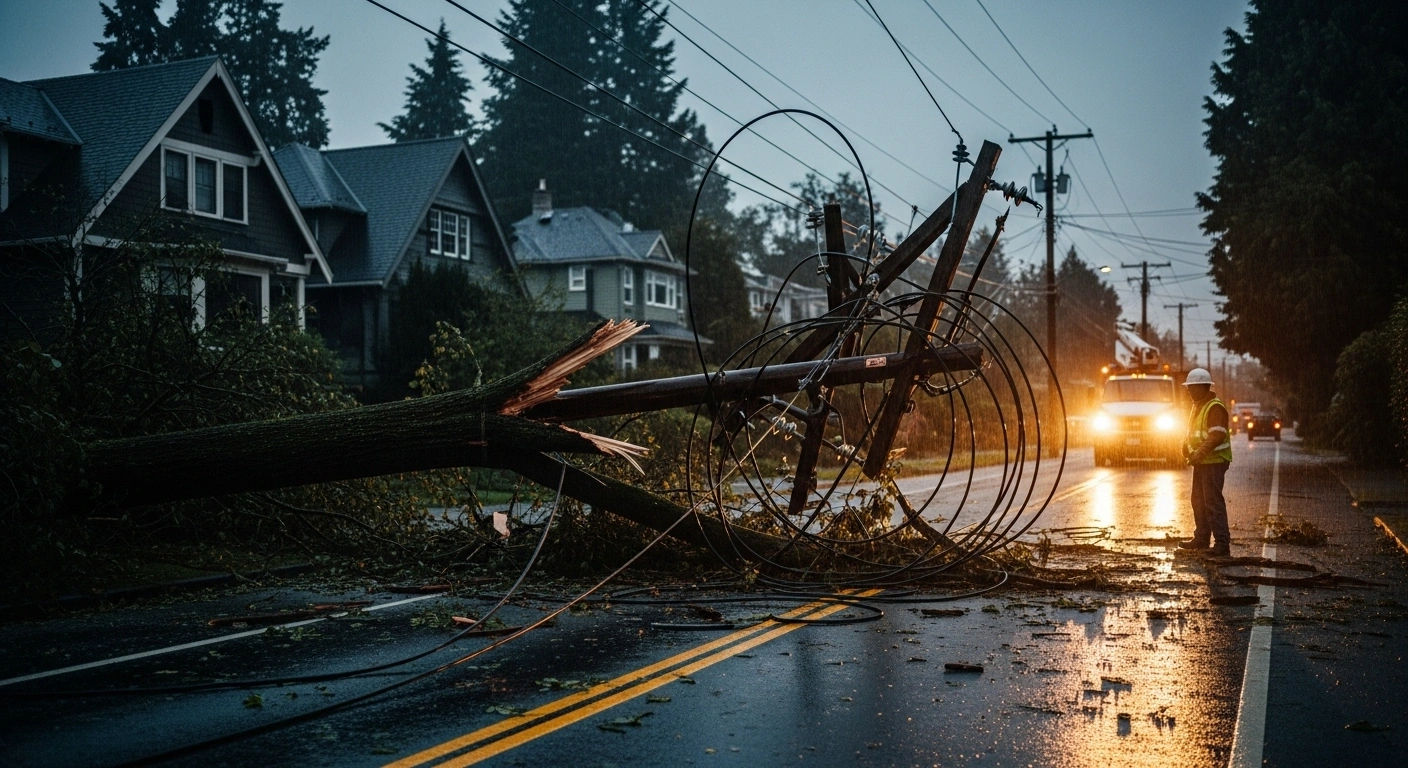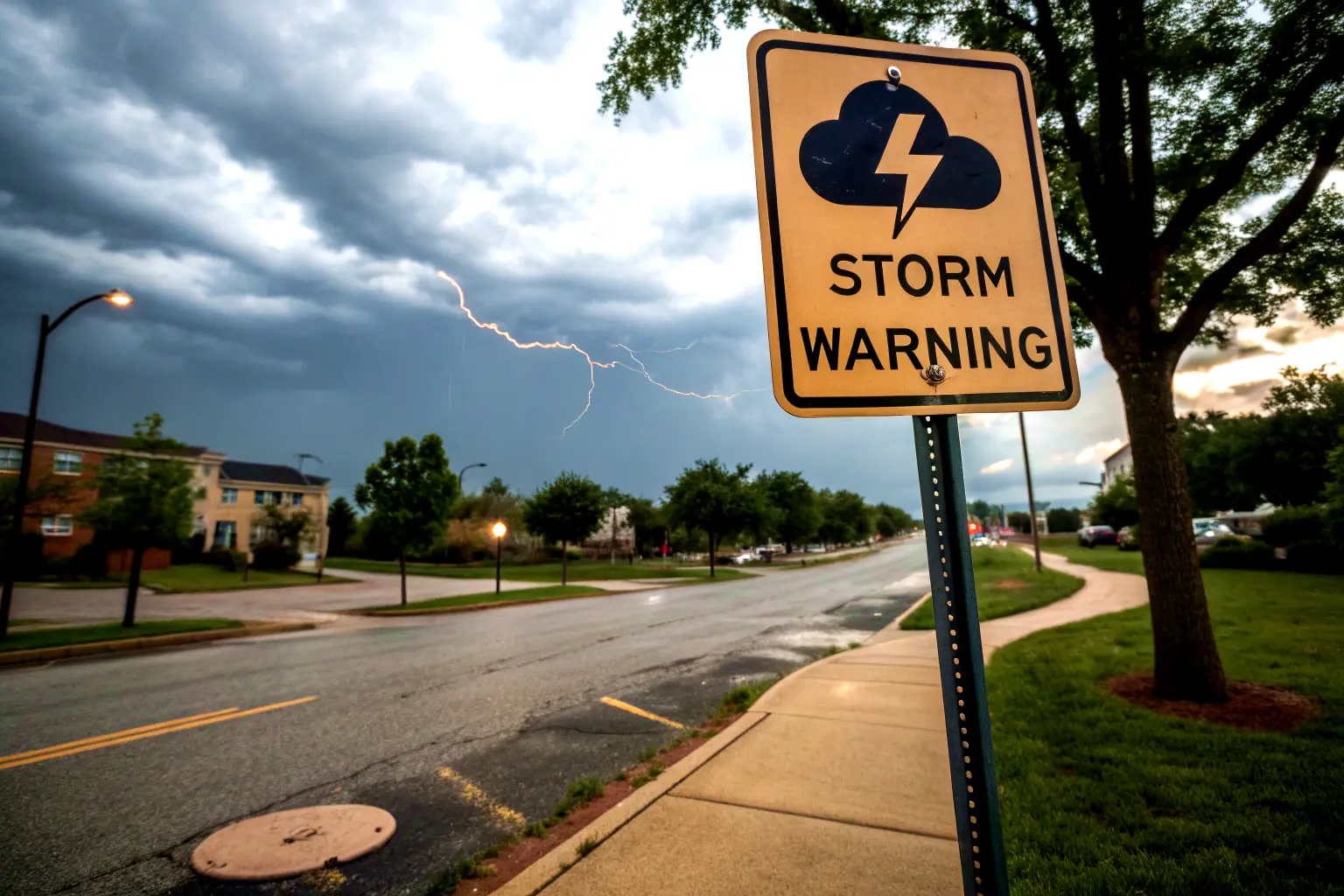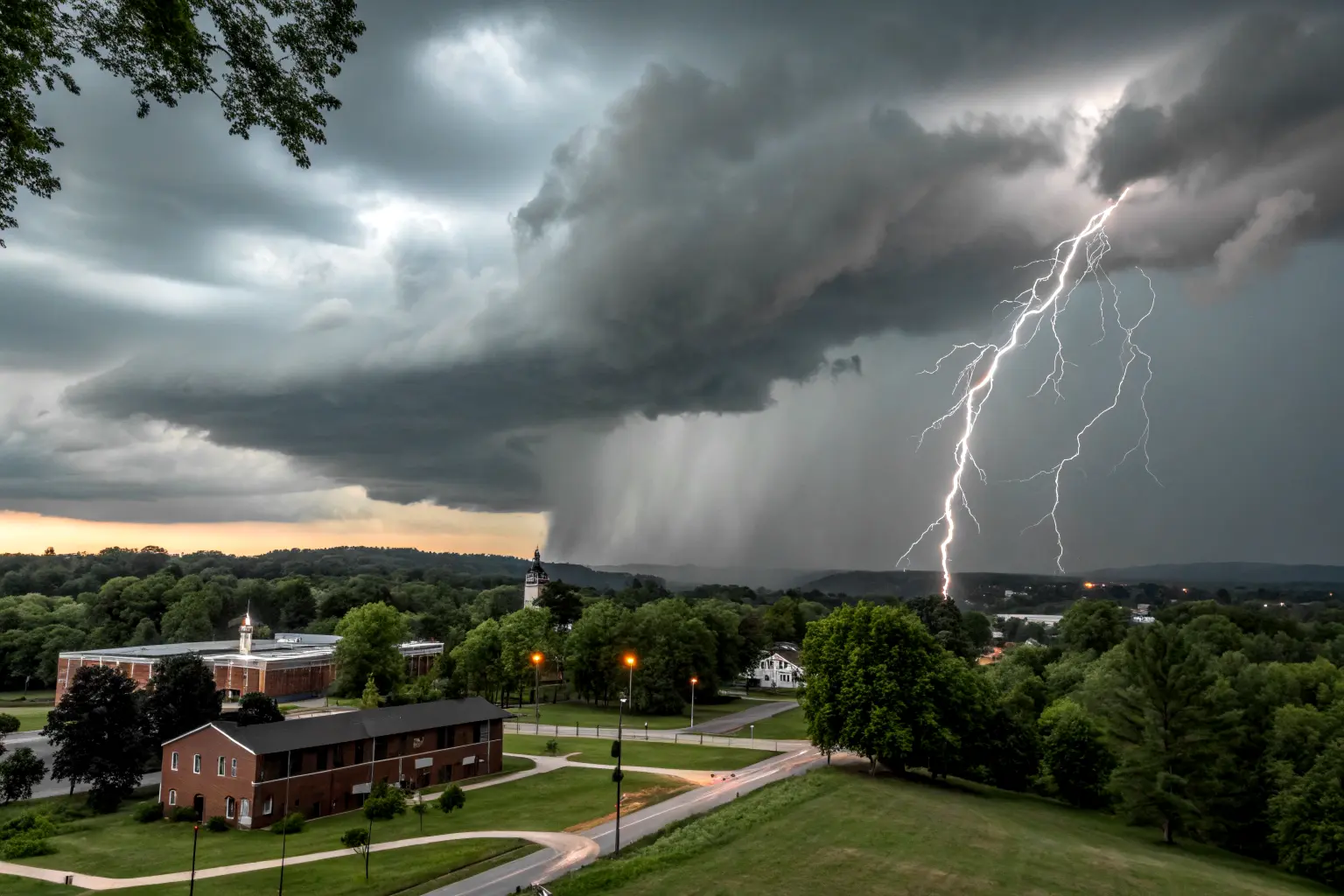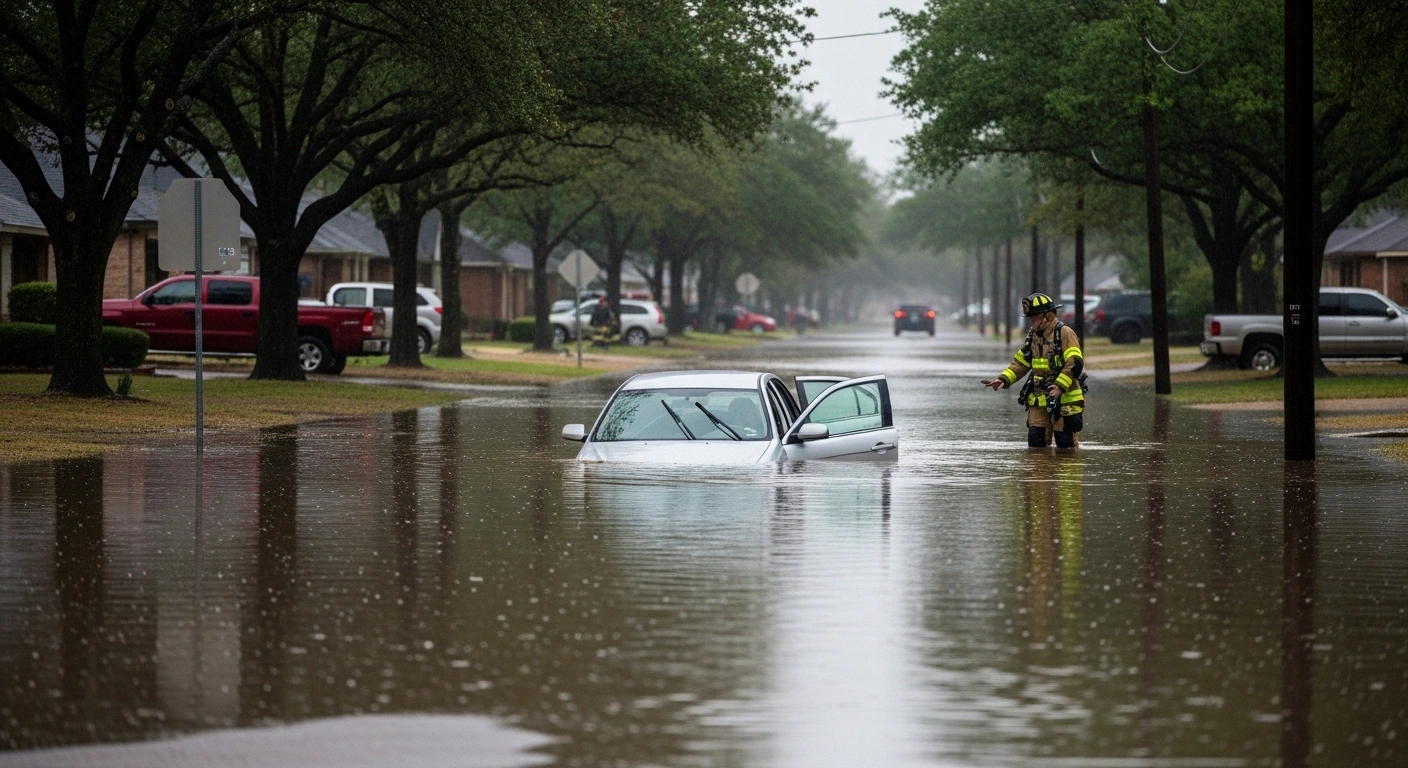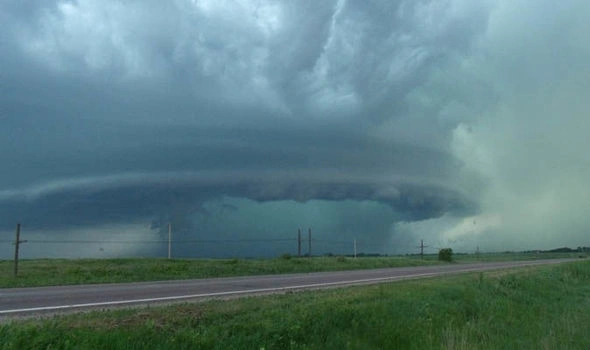Hurricane Melissa Intensifies to Category 4, Threatening Jamaica with Catastrophe
26th October 2025
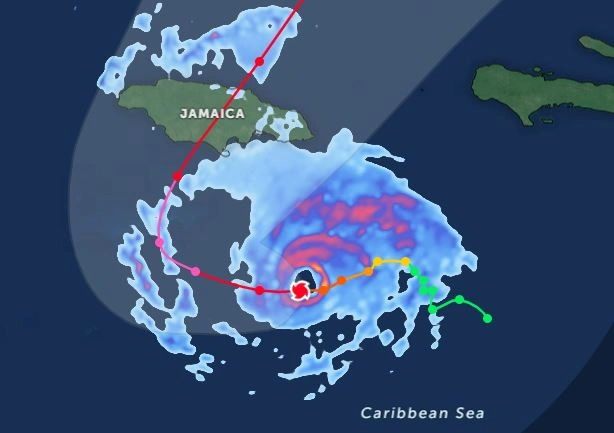
In an alarming display of nature’s force, Hurricane Melissa has rapidly intensified into a Category 4 storm, with forecasts warning it could reach Category 5 strength, placing Jamaica on the brink of a catastrophic weather event. The slow-moving hurricane threatens to unleash devastating floods, destructive winds, and life-threatening landslides on the island, potentially making it the most powerful storm to strike Jamaica in decades.
A Storm Gathering Fury
As of the latest updates, Hurricane Melissa is churning in the Caribbean Sea with maximum sustained winds of 140 mph . The storm is located approximately 120 miles south-southeast of Kingston, Jamaica, and is moving west at a slow pace of about 5 mph . This sluggish movement is expected to prolong the hurricane’s impact, creating a multi-day disaster event for Jamaica .
The National Hurricane Center has issued a stark warning: Melissa is undergoing rapid intensification and is likely to become a Category 5 hurricane, with wind speeds potentially reaching 160 mph, before its anticipated landfall in Jamaica . This intensification is fueled by low wind shear and very warm ocean temperatures, creating a perfect environment for the storm to strengthen .
The Jamaica weather emergency has prompted the government to activate a nationwide response. Prime Minister Andrew Holness has urged all citizens to take the threat with the utmost seriousness. “We urge all Jamaicans to take the hurricane warning seriously and make every effort to be prepared and be safe,” Holness stated in an official address .
Dire Warnings and Human Impact
The primary threats from Hurricane Melissa are threefold: catastrophic rainfall, destructive winds, and a dangerous storm surge.
Meteorologists predict that the slow-moving nature of the storm will lead to extreme rainfall totals. Southern Hispaniola and Jamaica are bracing for 15 to 30 inches of rain, with isolated areas potentially seeing up to 40 inches . This amount of rain poses a severe risk of life-threatening flash flooding and landslides across the region .
The human impact has already begun. Even before reaching its peak strength, Melissa has been blamed for at least three fatalities in Haiti and one in the Dominican Republic . In Haiti, the deaths included two people killed in a landslide and a third struck by a falling tree . The storm has damaged nearly 200 homes in the Dominican Republic and disrupted water supply for more than half a million people .
Evan Thompson, principal director of Jamaica’s Meteorological Service, emphasized the unprecedented nature of the threat, noting, “We have not had this experience before. It’s important for us to consider this as an extraordinary situation” .
Regional Preparations and Disruptions
The dangerous Jamaica weather conditions have triggered large-scale preparations and disruptions across the island.
Authorities have activated nearly 900 shelters to accommodate residents in vulnerable areas . Major transportation hubs have been closed, including the Norman Manley International Airport in Kingston . The government has assured the public that warehouses are well-stocked with supplies and thousands of food packages have been prepositioned for quick distribution if needed .
The threat extends beyond Jamaica. A hurricane watch is in effect for southwestern Haiti and several Cuban provinces, including Granma, Santiago de Cuba, Guantanamo, and Holguin . The National Disaster Risk Management System in Haiti has assigned red alerts to high-risk regions, while 12 provinces in the Dominican Republic are under similar alert levels .
A Historic Threat
Forecasters are drawing comparisons to Hurricane Gilbert in 1988, a Category 4 storm that was, until now, the benchmark for hurricane impacts in Jamaica . There is growing concern that Melissa, with its slower movement and more direct track from the south, has the potential to surpass the devastation seen in past hurricanes .
Matt Lanza, a Houston-based meteorologist, summarized the grave outlook, stating, “A damaging, severe hurricane with wide-ranging impacts in Haiti, Jamaica, and Cuba is likely” .
The situation represents a severe test for the Caribbean during what has been an above-normal Atlantic hurricane season. Melissa is the 13th named storm of the season, which runs from June 1 to November 30 .
The Path Ahead
The current forecast track predicts that Melissa will move near or over Jamaica through Tuesday, then across southeastern Cuba Tuesday night, and into the southeastern Bahamas on Wednesday . The storm is expected to remain a major hurricane through its passage near Jamaica and southeastern Cuba .
After moving through the Caribbean, the storm is forecast to turn northwest toward the central Atlantic, with most models suggesting that the U.S. mainland, including Florida, will not face a direct impact, though rough surf and coastal erosion are expected along parts of the U.S. East Coast .
For the millions in Jamaica, Haiti, and the Dominican Republic, the coming days will be a severe trial. The combination of extreme winds, historic rainfall, and a prolonged duration makes Hurricane Melissa a uniquely dangerous event, one that will test the resilience of the entire region. Residents are being urged to complete all preparations immediately and to heed all evacuation orders and warnings from local officials.

